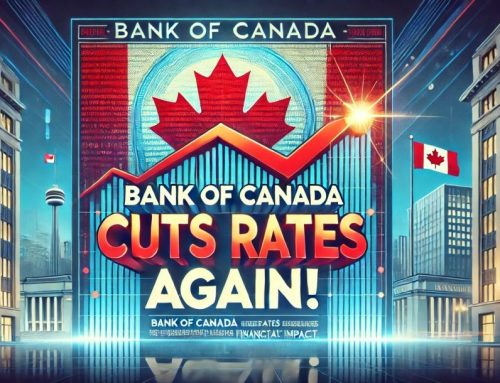Since the Bank of Canada initiated the rate-cutting cycle with a 0.25% reduction on June 5th, there has been speculation about a subsequent cut during the next scheduled announcement on July 24th. In the interim, several key jobs and inflation reports were expected from both sides of the border. Now that we have the results of those reports, we have a clearer picture of what to anticipate on July 24th.
Predicting the Future
It’s important to remember that even the best economists, including those at the Bank of Canada, can struggle to predict economic outcomes. With still-pending inflation reports, the final decision remains uncertain.
On June 25th, Statistics Canada released a disappointing inflation report. Economists had anticipated a year-over-year inflation rate of 2.6%, a slight 0.10% drop from the previous month. Instead, the figure came in at 2.9%, a 0.30% increase. This disappointing news cast doubt on the likelihood of a second rate cut on July 24th.
However, two critical inflation reports were still pending: one from the US on July 11th and another from Canada on July 16th. Higher-than-expected inflation in either report could have derailed hopes for a July rate cut. Fortunately, this was not the case. The US Consumer Price Index (CPI) inflation fell by 0.10% on July 11th, and Canadian inflation dropped by 0.20% on July 16th. This positive trend aligns with what the Bank of Canada and the market wanted to see, paving the way for another 0.25% rate cut on July 24th, which now seems almost certain.
Future Rate Cuts
Even more promising is the expectation of further rate cuts by the end of this year—potentially two or three more. Rising unemployment is a key factor in cooling inflation, as higher unemployment typically leads to reduced consumer spending, which in turn helps to lower inflation. This trend aligns with the Bank of Canada’s goals.
Fixed Mortgage Rates
While fixed mortgage rates are also expected to decline, they will not decrease at the same pace as the Bank of Canada’s rate cuts. In other words, if the Bank of Canada reduces its rate by another 0.75% this year, fixed rates will not necessarily fall by the same margin. Fixed mortgage rates are heavily influenced by bond yields, which can sometimes move in the opposite direction of the Bank of Canada’s rate.
Conclusion
It looks increasingly likely that we will see a second rate cut from the Bank of Canada on July 24th, with more cuts to follow. This is welcome news for variable-rate mortgage holders. Although rates will not return to the pandemic-driven lows of 2020 and 2021, the falling prime rate will provide significant relief to those who maintained their variable-rate mortgages.
Recent blog: Variable Rate Mortgages in Today’s Market
I will publish an updated forecast on the Bank of Canada’s outlook through the end of 2025 in an upcoming blog. Stay tuned!








👍